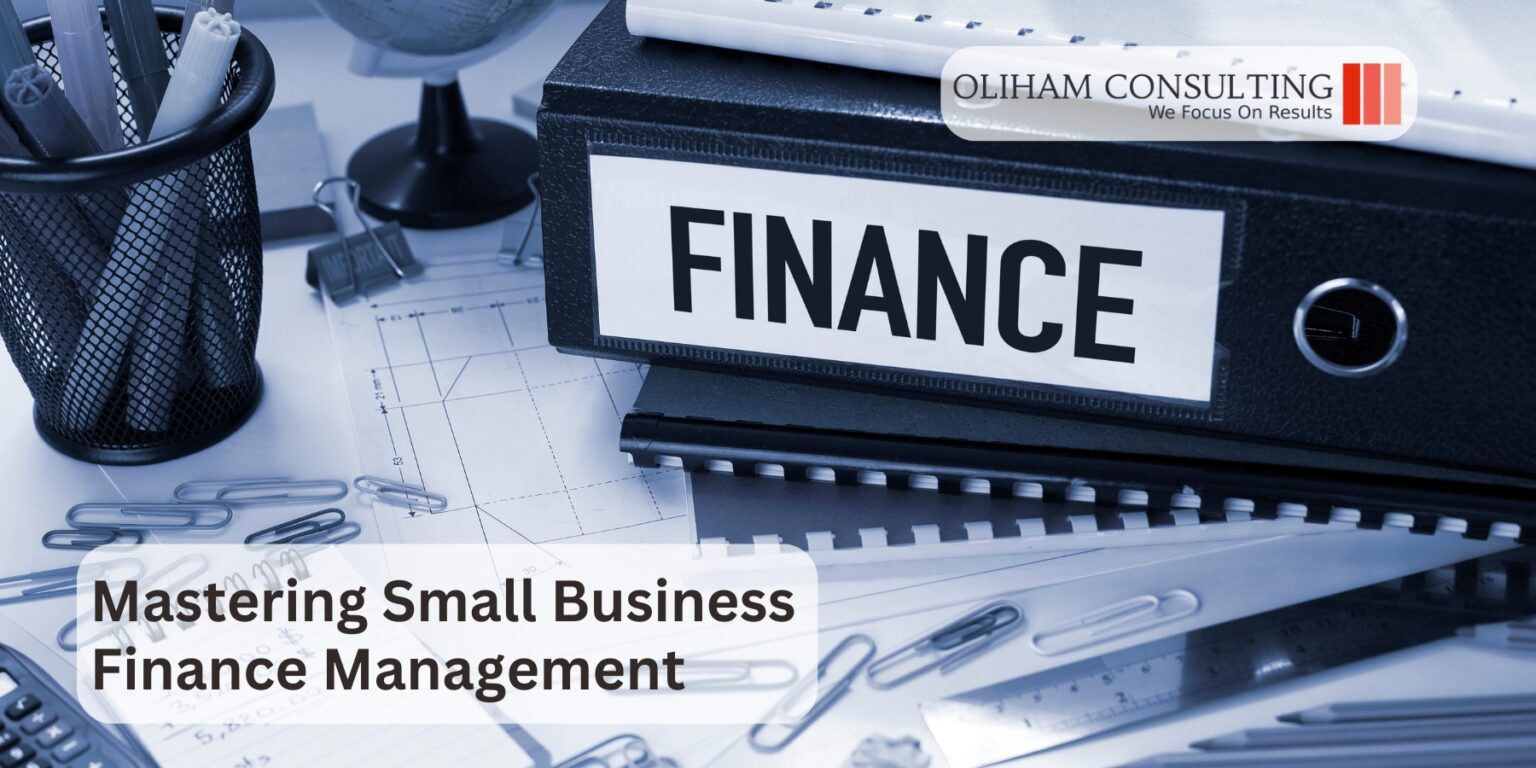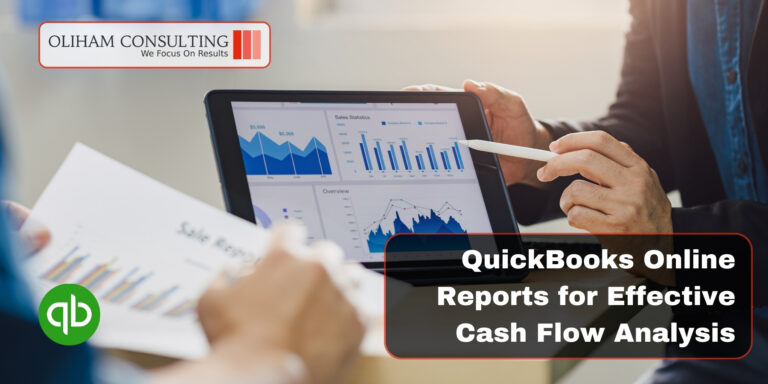Introduction: The Importance of Financial Management for Small Businesses
Implementing sound financial management practices through budgeting plays an integral role in the success of small businesses. By diligently monitoring expenses, setting realistic goals, and making informed decisions based on accurate data analysis, entrepreneurs can navigate the complexities of finance with confidence while driving growth for their enterprise.
1. Budgeting: Creating a Solid Financial Plan for Your Small Business
Are you a small business owner looking to take control of your finances and maximize your profitability? Look no further! In today’s competitive market, effective budgeting strategies are essential for the success of any small business. By creating a well-thought-out budget plan and employing smart budget allocation tips, you can ensure that every dollar is utilized to its fullest potential. And with the help of innovative budget tracking tools, monitoring your financial progress has never been easier. Let’s explore these key components in more detail and discover how they can revolutionize your approach to managing your small business finances.
a) Understanding Your Income and Expenses
Effective income management and expense tracking are crucial for the success of any small business. By implementing proper methods, entrepreneurs can gain valuable insights into their financial health, identify fixed and variable costs, and make informed decisions to maximize profitability.
One of the most powerful tools for small business income management is keeping meticulous records of all income sources. This includes sales revenue, service fees, online payments, and any other sources of incoming funds. By accurately documenting these transactions, business owners can have a clear picture of their total revenue and identify areas where they can potentially increase their earnings.
Equally important is tracking expenses. Small businesses often face numerous costs such as rent, utilities, employee wages, inventory purchases, marketing expenses, and more. Categorizing these expenses allows entrepreneurs to identify fixed costs that remain constant regardless of sales volume (e.g., rent) and variable costs that fluctuate with sales (e.g., inventory).
To streamline expense tracking processes further, small business owners can leverage technology. There are various software applications available that automate the process of recording expenses. These tools allow entrepreneurs to input receipts digitally or even directly connect with bank accounts to automatically categorize expenditures.
b) Setting Realistic Financial Goals and Objectives
In today’s competitive business landscape, setting and achieving financial goals is crucial for the success of small businesses. However, finding the right balance between long-term aspirations and short-term targets can be challenging. That’s where SMART financial goal setting comes into play.
SMART stands for Specific, Measurable, Achievable, Relevant, and Time-bound – a framework that helps small businesses create clear and actionable financial objectives. By utilizing this methodology, entrepreneurs can focus on what truly matters and steer their ventures towards sustainable growth.
When it comes to financial goal setting, distinguishing between long-term and short-term goals is essential. Long-term goals provide a roadmap for the future – they are strategic in nature and serve as the overarching objectives that guide business decisions over an extended period. On the other hand, short-term goals are more tactical and immediate in nature.
Setting achievable goals is vital to maintain motivation within a business environment. Unrealistic targets can lead to frustration and demoralization among team members. By breaking down larger objectives into smaller milestones or tasks that are attainable within a given timeframe, businesses can maintain momentum while building towards their ultimate vision.
Lastly, time-bound goals add urgency and accountability to the process of achieving financial milestones. By assigning specific deadlines or timelines to each objective, businesses can create a sense of urgency and maintain focus on taking action in a timely manner.
2. Cash Flow Management: Keeping Your Business Finances on Track
Cash flow management is the lifeblood of any small business. It directly impacts the success and sustainability of your operations. Without proper cash flow management strategies, even the most promising ventures can struggle to survive.
One key aspect of effective cash flow management is accurate cash flow forecasting. By utilizing advanced techniques and tools, small businesses can gain valuable insights into their future financial position. This enables them to make informed decisions and take proactive measures to ensure a healthy cash flow.
Cash flow forecasting involves analyzing historical financial data, market trends, and other relevant factors to predict future inflows and outflows of cash. By identifying potential gaps or surpluses in advance, businesses can adjust their strategies accordingly and avoid any unforeseen financial setbacks.
Another effective strategy for managing cash flow is closely monitoring accounts receivable and accounts payable. Delayed payments from customers can significantly impact your ability to meet expenses on time, while extending payment terms with suppliers can provide some breathing room during lean periods.
Lastly, embracing technology-driven solutions such as cloud-based accounting software or automated invoicing systems streamlines administrative processes related to tracking expenses and invoices. This not only saves time but also reduces the risk of errors or delays in financial record-keeping – both essential elements for maintaining a smooth cash flow.
a) Monitoring and Analyzing Cash Inflows and Outflows
When it comes to managing cash inflow, there are several tips that can help businesses maintain a steady stream of revenue. Firstly, offering incentives for early payments or implementing a prompt payment discount can encourage customers to pay their invoices on time or even in advance.
Another effective approach is to diversify income sources by exploring new markets or expanding product/service offerings. By tapping into untapped markets or introducing new products/services, businesses can attract more customers and increase their revenue streams.
In terms of controlling cash outflow, there are various methods that businesses can adopt to minimize unnecessary expenses. One such method is closely monitoring and analyzing expenses regularly. This involves reviewing all expenditures and identifying areas where costs can be reduced without compromising the quality of products/services.
Negotiating with suppliers for better deals and discounts is also an effective way to control cash outflow. By leveraging strong relationships with suppliers, businesses may be able to secure favorable terms or even lower prices on essential materials or services.
b) Managing Accounts Receivable and Payable
In today’s fast-paced business environment, managing accounts receivable and payable is crucial for maintaining a healthy cash flow and ensuring the financial stability of any organization. Implementing effective accounts receivable management techniques and accounts payable optimization strategies can make a significant difference in the overall financial health of a company.
Accounts receivable management techniques focus on streamlining the process of invoicing, collections, and cash application. By utilizing AI-powered software, companies can automate these processes, reducing human error and saving valuable time and resources.
On the other hand, optimizing accounts payable involves strategically managing supplier relationships and payment terms to maximize cash flow while maintaining positive vendor relationships. AI-powered tools can analyze historical data to identify opportunities for negotiation with suppliers, determine optimal payment schedules based on available discounts or incentives, and even flag potential duplicate or erroneous payments.
Not only do these AI-driven solutions save time and energy by automating repetitive tasks, but they also provide valuable insights through advanced analytics. By leveraging these insights, businesses can make informed decisions about credit policies, payment terms negotiation, supplier selection criteria, and overall financial planning.
3. Forecasting: Predict the Future to Make Informed Financial Decisions
These forecasting tools leverage artificial intelligence and machine learning algorithms to analyze historical data, identify trends, and make predictions about future financial outcomes. By automating the process, these tools save valuable time and energy that can be better utilized in other areas of business operations.
One of the key benefits of using forecasting tools is their ability to provide real-time insights. With up-to-date data at your fingertips, you can make agile decisions based on accurate information rather than relying on guesswork or outdated reports. This enables small businesses to adapt quickly to market fluctuations and seize opportunities as they arise.
Furthermore, these tools offer a level of accuracy that surpasses traditional manual methods of financial forecasting. By eliminating human error and bias from the equation, AI-powered forecasting tools provide more reliable predictions that can help small businesses plan effectively for growth or mitigate potential risks.
Another advantage is the ability to customize forecasts based on specific business needs. Whether you’re looking to forecast sales revenues, expenses, cash flow projections or any other financial metric relevant to your business, these tools can be tailored accordingly. This flexibility ensures that small businesses have access to insights that are relevant and actionable for their unique circumstances.
a) Sales Forecasting
In the fast-paced world of business, accurate sales forecasts are crucial for making informed decisions and setting realistic targets. Fortunately, with advancements in technology and data analysis techniques, sales forecasting has become more precise and efficient than ever before.
Gone are the days of relying solely on gut feelings and intuition. Today, businesses have access to a wide range of tools and methods that utilize historical data, market trends, and statistical models to predict future sales with remarkable accuracy.
One such method is time series analysis, which involves analyzing past sales data to identify patterns and trends over time. By understanding the cyclicality or seasonality of sales, businesses can make informed predictions about future performance.
Another powerful technique is regression analysis. This method explores the relationship between various factors that may influence sales, such as marketing spend, pricing strategies, or customer demographics. By identifying the key drivers of sales performance through regression analysis, businesses can make strategic decisions to optimize revenue generation.
Furthermore, machine learning algorithms have revolutionized the way we approach forecasting. These advanced analytical models can handle vast amounts of complex data from multiple sources simultaneously.
b) Expense Forecasting , expense forecasting techniques , cost analysis methods
Expense forecasting is a critical aspect of financial planning for businesses. By accurately predicting future expenses, companies can make informed decisions and allocate resources effectively. In this section, we will explore various expense forecasting techniques and cost analysis methods that can help organizations optimize their budgeting processes.
One commonly used technique in expense forecasting is trend analysis. This method involves analyzing historical data to identify patterns and trends in expenses over time. By understanding how expenses have fluctuated in the past, businesses can make projections for the future.
Another effective technique is regression analysis, which involves identifying relationships between expenses and other variables such as sales volume or production output. By establishing these correlations, businesses can forecast expenses based on changes in these key drivers.
Cost analysis methods are also crucial in expense forecasting. These methods involve assessing the different components of costs, such as fixed costs and variable costs, to gain insights into their impact on overall expenses. This enables businesses to identify areas where cost reductions or optimizations can be made.
Conclusion: Empower Your Small Business with Effective Financial Management Strategies
Employing AI-powered tools for small business finance management not only saves time but also improves efficiency by streamlining budgeting processes, providing real-time insights into cash flow management, and enabling accurate forecasting capabilities. These advancements empower small business owners like never before by allowing them to focus on strategic decision-making, driving growth, and securing a prosperous financial future.





